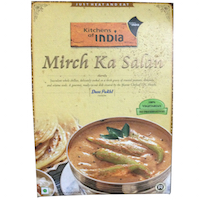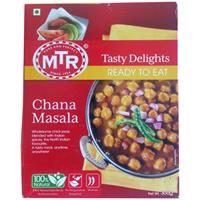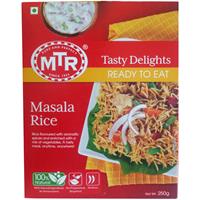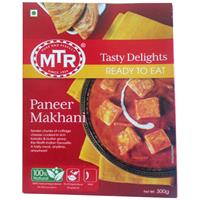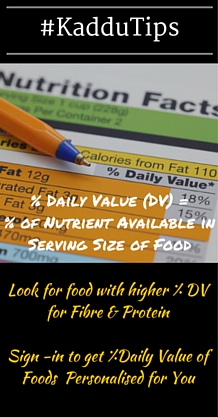
Kitchen Of India Mirch Ka salan
Products in ‘Veg Meal Dish’ category range from 0.5 - 1.5

Current Product

- Are Natural Preservatives, healthy?Preservation does not mean necessarily require utilization of artificial ingredients. There are natural ways for preservation too.
1. Sugar and salt are water-loving, hence they bind to all the free water present in a food preparation. Due to lack of free water bacteria cannot grow and shelf life of the product increases.
2. Oil acts as a barrier, it does not allow air or water to enter the food, thus preventing spoilage.
Sugar, Salt and Oil are used in our day-to-day cooking too, but when used as preservative the amounts required are high thereby may increase the total fat and sugar content of the product leading to weight gain. - Know your Food- Sesame SeedsSesame, commonly called til is rich in healthy fats such as omega-6 fatty acid and oleic acid . Sesame also contains bio-active components such as lignans, phytosterols and tocopherols which act as anti-oxidants.The phytosterols help reduce blood cholesterol levels.Besides, the fibre,calcium,magnesium and protein content of sesame is worth mentioning of. Studies have thus reported protective effects of sesame against cancer and cardio-vascular diseases.Fuel your energy by including the goodness of sesame by adding it to your parathas, gravy or your mouth-freshener.
- Loaded with FATEnergy available from a food is based on Carbohydrate, Fat and Protein present in it. The ideal ratio of energy obtained from these components is 65% from Carbohydrates, 20% from Fat and 15% from protein.More than 30% of energy available in this product is from FAT, which is 50% more than the ideal amount. Foods with High Fat are often loaded with Saturated Fat and Trans Fat both of which contribute to life style diseases including diabetes, obesity or Cardiovascular.Again, one should not go on the other extreme of having low fat diet as some amount of fat is required for various bodily functions like storing of energy, absorption of fat soluble vitamins such Vitamin A, D, E and K, insulate us and protect vital organs besides synthesis of specific hormones and cell membrane formation.Thus, it is important to eat food which has each nutrient in the right quantity and limit food products that give too much of one nutrient.
Disclaimer:Product Analysis is based on general practices in the field of Nutrition. Please check with or consult a qualified and licensed medical professional for its suitability to you.

